settings
children
With Famly since
Here are 10 ways to explore yoga with children so that they enjoy it and gain the powerful benefits of this strength-building practice.

1. Silly yoga poses
There’s nothing like humour to capture children’s attention, especially a preschooler!That being said, the foundation phase in a child’s sense of humour is going to call for a bit of silliness. Prepare to leave your ego behind and get into a role-playing position, and do lots of giggling. These poses are especially great for children that are nervous or vulnerable and require extra support.
How to do it:
It takes a little dash of creativity. Spend some time planning your session’s poses – think carefully about ways to make child-appropriate poses silly and funny. Compare them to animals, or, as the picture demonstrates, pretend to be answering the phone (a perfectly ordinary thing to do) but the phone is your foot. Remember to add lots of funny facial expressions and a few sound effects. Get inspired by this post by
Source: Book retreats
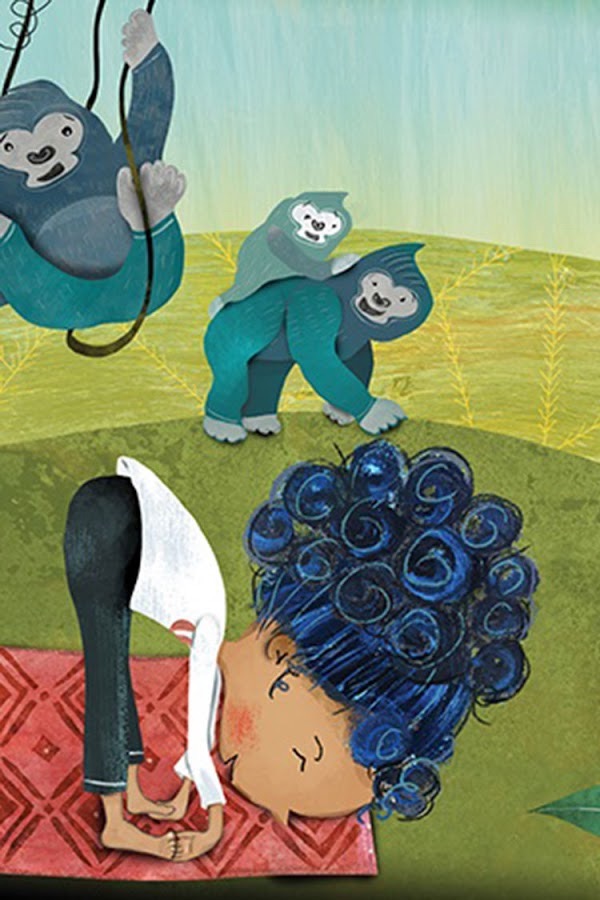
2. Padahastasana (Gorilla Pose) and other animal poses
Children naturally learn about the world by re-enacting what they see. When you teach them a yoga position and give the pose an animal characteristic, they’re more likely to enjoy the exercise. It’s an opportunity to roleplay while enjoying the benefits of yoga itself.
How to do it:
Since we’re all geared up for fun and games while we stretch and strengthen our bodies, comparing yoga poses to animal positions is great . This will take a little planning, as you need to think about which pose will belong to which animal. Get inspired by this post from
Source: Yoga Journal
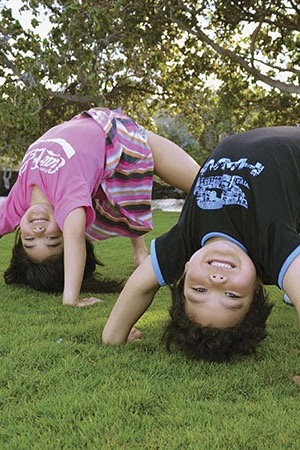
3. Teach them breathing
Being the basis of mindfulness, breathing techniques should be an important part of children’s yoga lessons. Surprisingly, it can actually be really fun! If you enjoyed our
How to do it:
Show children how to breathe with the entire diaphragm. “Have your child lie on their back on the floor. Find a toy that they like, like a rubber duck or small stuffed animal, and place it on their belly near the navel. Ask the child to keep their eyes on the toy as they take a deep breath in.”
This activates the parasympathetic nervous system (taking children out of a state of fight or flight). Learning how to breathe through the diaphragm will help children feel calmer and concentrate better. This is the very foundation of practising mindfulness and yoga, so this is a great activity to start with.
Source: Yoga Journal

4. Practicing mindfulness
Mindfulness practice earned itself a reputation for being an obscure and meditative state that few can understand. Fortunately, it’s a whole lot simpler than you might think. Teaching children mindfulness helps them to become more aware of their surroundings as they really are, without trying to interpret them. It’s a fantastic exercise on how to be present and aware, which feeds into the reasons we do yoga!
How to do it:
Yoga itself will improve mindfulness because mindfulness is about looking at the world without a filter, but let’s focus on other ways. This may be tricky at first, as being able to regulate emotions plays a big part in being mindful – you’ll need to gauge if the children you’re with are able to tap into mindfulness or if they aren’t quite ready yet.
Teaching mindfulness can start with deep breathing exercises and fun games, like who can spot the most in a game of I-spy? A simple walk in the garden and a quiet competition to see who can hear the most bird sounds, who can see the more shades of green in one landscape, or who can count the most colours in a sunset.
Source: Mindfulness
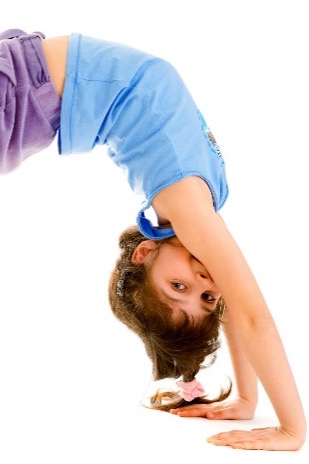
5. Themed yoga
Themes can make yoga more fun. It can also make the movements easier for children to relate to and understand. Sometimes yoga can be a little bit of an abstract idea for them, so breaking it down and giving it a theme makes the movements that bit more accessible and enjoyable for little limbs.
How to do it:
Choose a theme that aligns with something that the children are interested in. If they’re a fanatic about their pet, for example, why not try pet yoga? The children can show you movements that copy their pets. Space yoga might involve trying to mimic those weightless movements children see astronauts doing, and stretches that are long and exaggerated. You can take almost any ordinary yoga routine and adapt it slightly to suit a theme – the possibilities are endless.
Source: Pink Oatmeal

6. Garden yoga
When spring is in full swing, garden yoga is a wonderful way to breathe in the sunshine and enjoy nature. It’ll get the children outside and focus on the nature around them, which is an added bonus. Try and introduce to yoga movements and poses that are similar to elements in nature. Try making movements that represent a flower, or a tree slowly growing from the ground up.
How to do it:
With so many movements to choose from, it is easy to give them the qualities of flowers, seeds, sunshine, or even wind. These are some of the best ideas:
Be a sprout: Chair Pose – Move to standing and even jump if you’d like. Imagine being a sprout coming out of the ground!
Be a watering Can: Forward Fold – Move your arms like water flowing out of a watering can.
Be the sunshine: Lay flat on your tummy. Place your hands under your shoulders. Lift your chest off the floor. Look up. Hold.
Source: Pink oatmeal
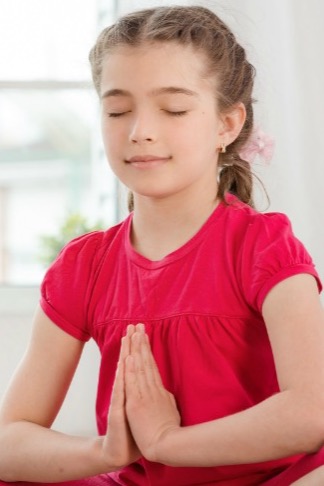
7. Loving kindness yoga
What does yoga have in common with valentine’s day? Love. Valentine’s day yoga puts a more authentic spin on love and your regular yoga routine.
How to do it:
Some of the top poses for this routine can include the aptly renamed Open Heart Post (usually the Cobra pose), the Arrow Pose (stand tall with your feet hip-width apart. Place your arms over your head with your palms together. Bend forward at the hips keeping your arms over your head. Hold and breathe!) among others.
Source: Pink oatmeal

8. Beach yoga
With summer around the corner, the beach and yoga are a match made in heaven.The different textures of the sand are great, too, as you can use the beach as a learning opportunity while you’re at it!
How to do it:
Who can make the best bridge with their body? Who can lean backwards over the sand the furthest? Feel free to make it competitive as you have the luxury of a soft sandy floor beneath – any slips or trips will be gently cushioned. Let downward-facing-dog turn into a roley-poley in the sand or even a hand-stand. The beach was built for fun, and yoga can be a big part of that.
Source: Sugar, spice and glitter

9. Bedtime yoga for restful sleep
Mothers around the world wish for a simple and reliable way to get their children to sleep through the night, peacefully. Yoga is deeply soothing – releasing anxieties from the body so that the mind can find rest properly. Adapting popular poses, like the sun salute, can actually improve sleep quality.
How to do it:
There are a number of poses that activate the body’s calm response setting the scene for a restful sleep. Try this adaptation of the sun salute: “Have your child begin by standing up nice and tall. Have them stretch their arms overhead. Get them to fold over their legs in a Forward Fold, then come all the way back up to standing while reaching their arms up. Have them end standing tall, with hands by their side. Repeat this three times.”
Source: Gaiam
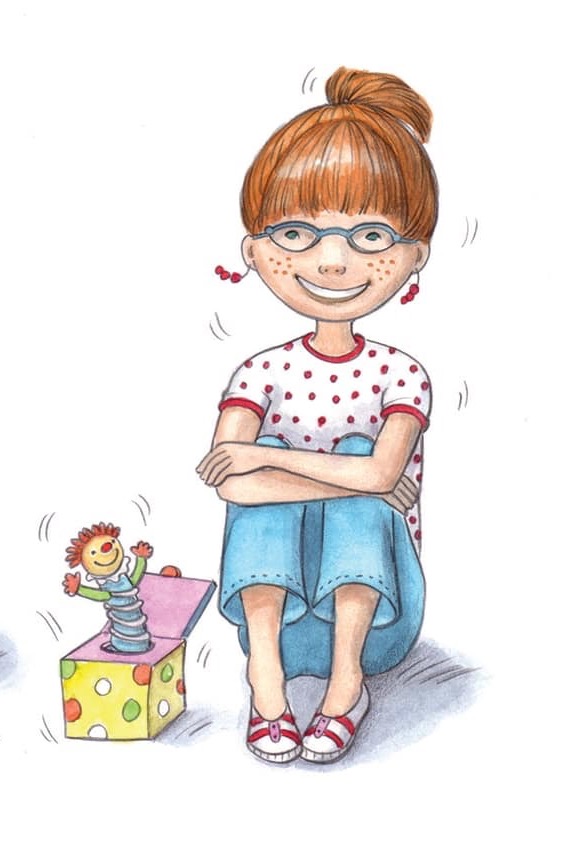
10. Yoga poses that encourage focus and concentration
The notion that children should be able to sit still for prolonged periods is quickly becoming outdated. But there are times when children need to listen carefully and engage with their teacher, and having good concentration is a vital skill needed for later life. Yoga strengthens the communication channels between the body and the nervous system – it helps regulate emotions and can improve a child’s ability to engage with lesson materials. That’s why yoga can make it easier for children to concentrate and sit still for reasonable amounts of time.
How to do it:
Use yoga as a way of introducing your ‘sit down time’, whether it’s time to learn counting in the classroom or if you’re a mother who needs a little bit of quiet time at home. Run through a routine of yoga poses with the following:
- Jack-in-the-Box – Sit with your feet together, heels against buttocks. Tuck your forehead into your knees and count to 3. Inhale and lift your head, like a Jack-in-the-box popping up. Add some sound effects to make it fun and energetic.
- Elephant – From a standing position, fold forward and link your hands, swinging them side to side like an elephant trunk. Remember to keep the deep breathing going and use lower tones of voice to portray the heaviness of the elephant.
- Cobra – Lie on your stomach with your elbows bent close to your side. Then gently lift up your chest, keeping your legs straight behind you. Talk to the children about how smooth a snake’s movements are and watch as they copy you.
Source: Mind Body Green
The big ideas
Please note: here at Famly we love sharing creative activities for you to try with the children at your setting, but you know them best. Take the time to consider adaptions you might need to make so these activities are accessible and developmentally appropriate for the children you work with. Just as you ordinarily would, conduct risk assessments for your children and your setting before undertaking new activities, and ensure you and your staff are following your own health and safety guidelines.
Get 1000s of free EY activities
Want over 7,000 activities? See them in a free 14-day trial. Filter to target learning areas, age groups and topics, and get inspired.
Get started









